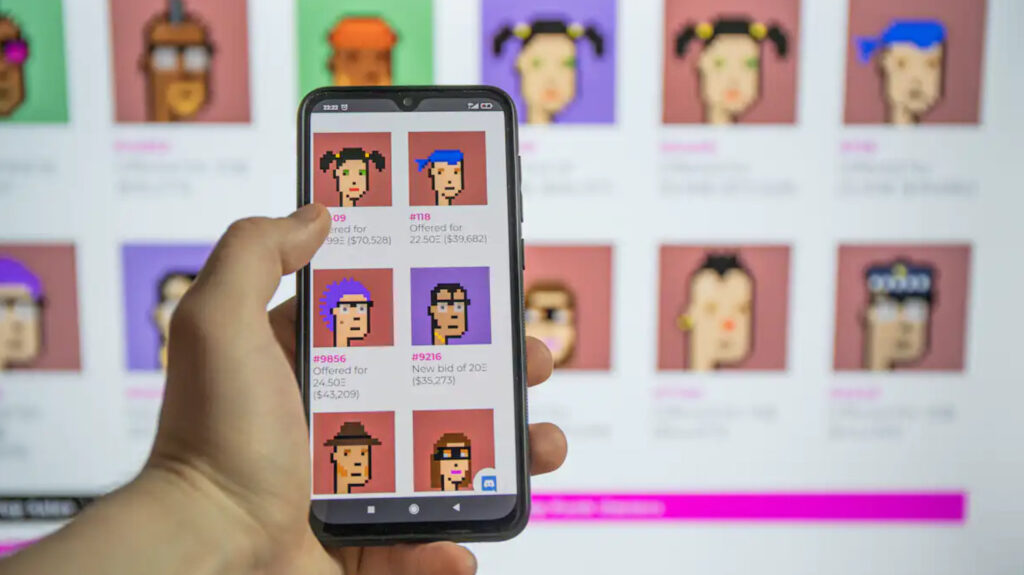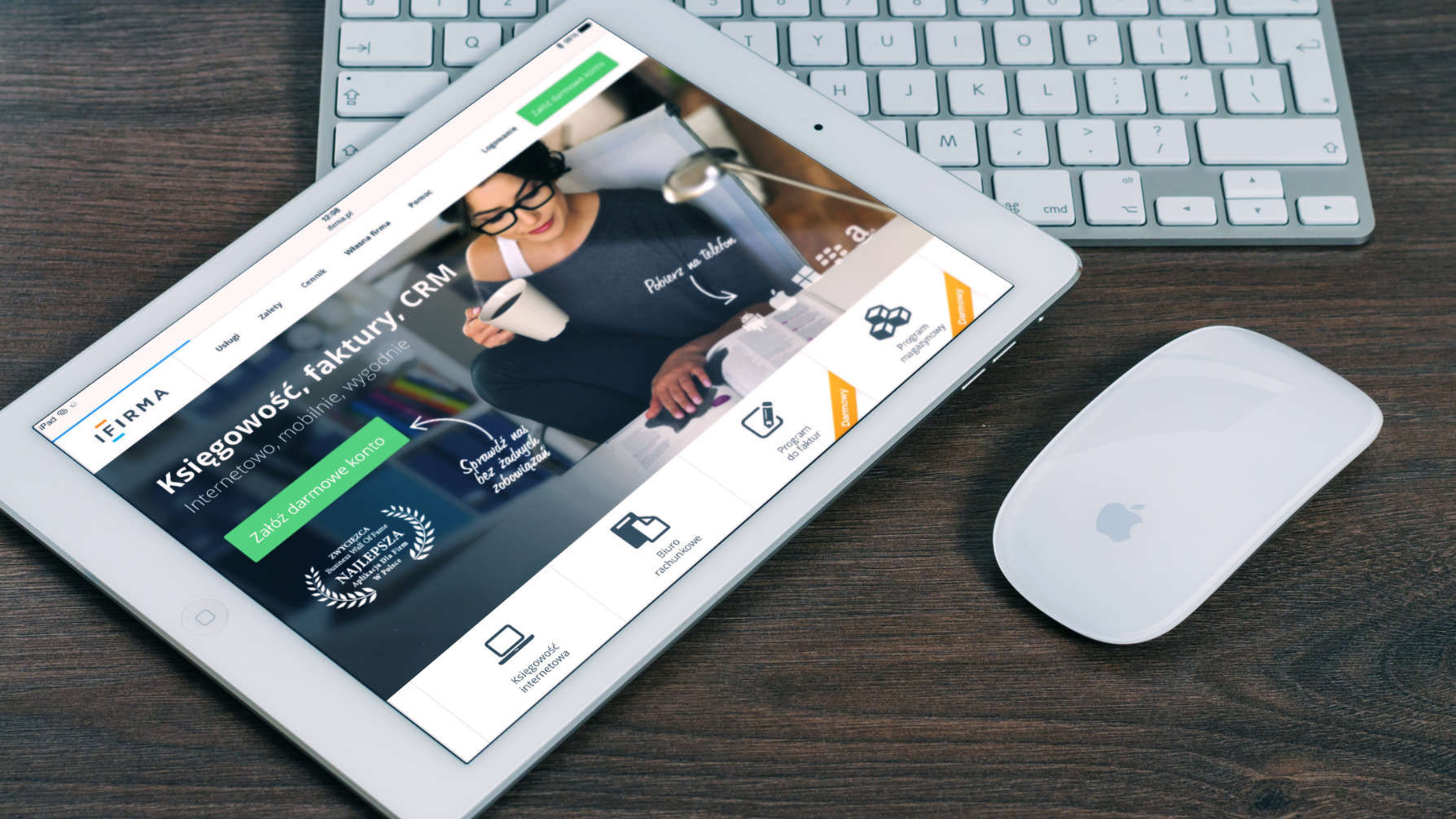Introduction to NFTs: Understanding the Basics

The world of cryptocurrency and blockchain technology constantly presents new and exciting opportunities for individuals to engage with digital assets. One of the latest developments in this field is non-fungible tokens (NFTs).
To give you a brief idea, NFTs are digital assets that exist on a blockchain ledger, giving them unique attributes and making them impossible to exchange for the same value as other assets.
This article aims to provide a comprehensive overview of NFTs and their potential impact on the world of digital assets.
What are NFTs?
Non-fungible tokens, or NFTs, are unique digital assets that exist on a blockchain ledger. Unlike cryptocurrencies such as Bitcoin, which are fungible in nature, NFTs have unique attributes that distinguish them from other digital assets.

These attributes could include ownership history, rarity, creation date, and more. By using blockchain technology, NFTs can be authenticated, verified and traded securely and transparently.
How do NFTs work?
NFTs operate on the blockchain, which is a decentralized digital ledger that keeps a record of transactions. Each NFT is a unique digital asset that contains a smart contract, which acts as a digital certificate of ownership.
This smart contract specifies the ownership rights and identifies the asset’s unique attributes. The smart contract is immutable, meaning that it cannot be altered once it is deployed on the blockchain.
The ownership of an NFT is transferred via the blockchain network.
Uses of NFTs
NFTs have a wide range of potential uses, including digital art, virtual real estate, collectibles, and in-game items. With digital art, artists can create and sell unique pieces of art, complete with ownership rights registered on the blockchain.
Similarly, virtual real estate can be purchased using NFTs, allowing users to own a piece of virtual land.
Collectibles and in-game items can also be minted as NFTs, adding a new layer of scarcity and value to the digital objects.
The Future of NFTs
As the world becomes increasingly digital, NFTs have the potential to revolutionize multiple industries. They can create new revenue streams for artists and content creators, tokenize real-world assets, and enable collectors to buy and sell unique digital assets.

NFTs could also change the way we think about ownership. Reason being, as they allow for ownership rights to be verified, traced, and traded seamlessly.
Conclusion
NFTs provide a new way of owning and exchanging unique digital assets. The blockchain technology that underpins NFTs ensures that ownership can be authenticated, verified, and traced.
As we move towards a more digital future, NFTs are likely to play an increasingly important role in the world of digital assets, enabling creators and collectors to exchange unique digital objects securely and transparently.

The iPad Pro has grown far beyond its humble beginnings as a simple tablet. With its raw power, expansive displays, and the increasingly…

As a designer, I rely heavily on my camera to capture unique product images for clients. Generic stock photos just…

